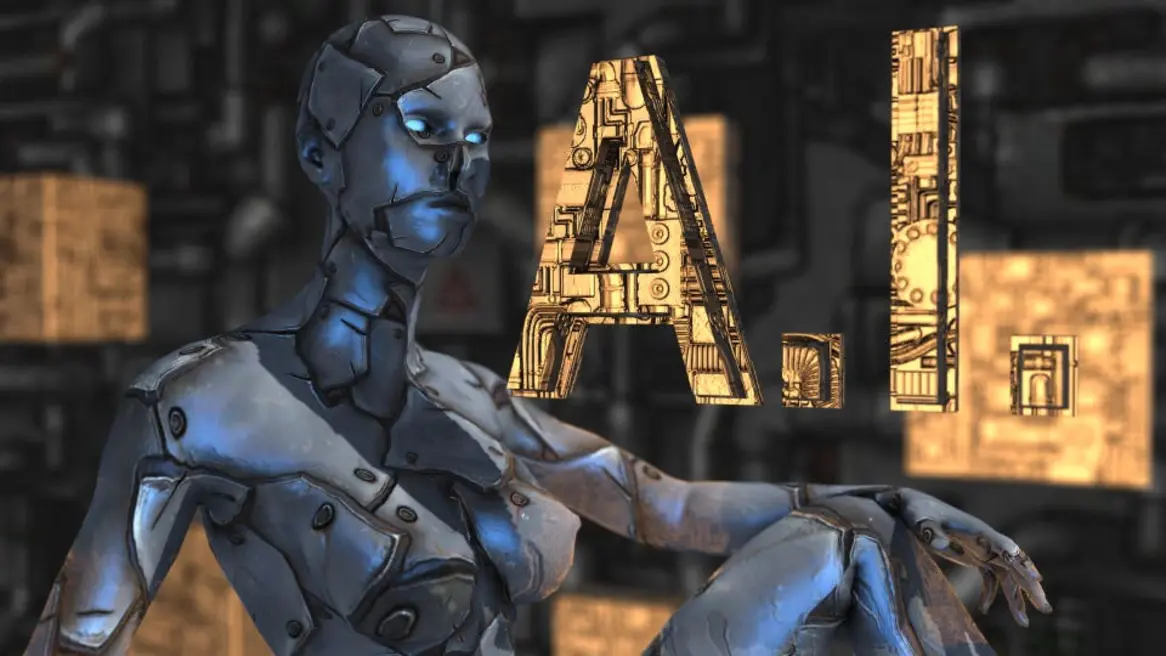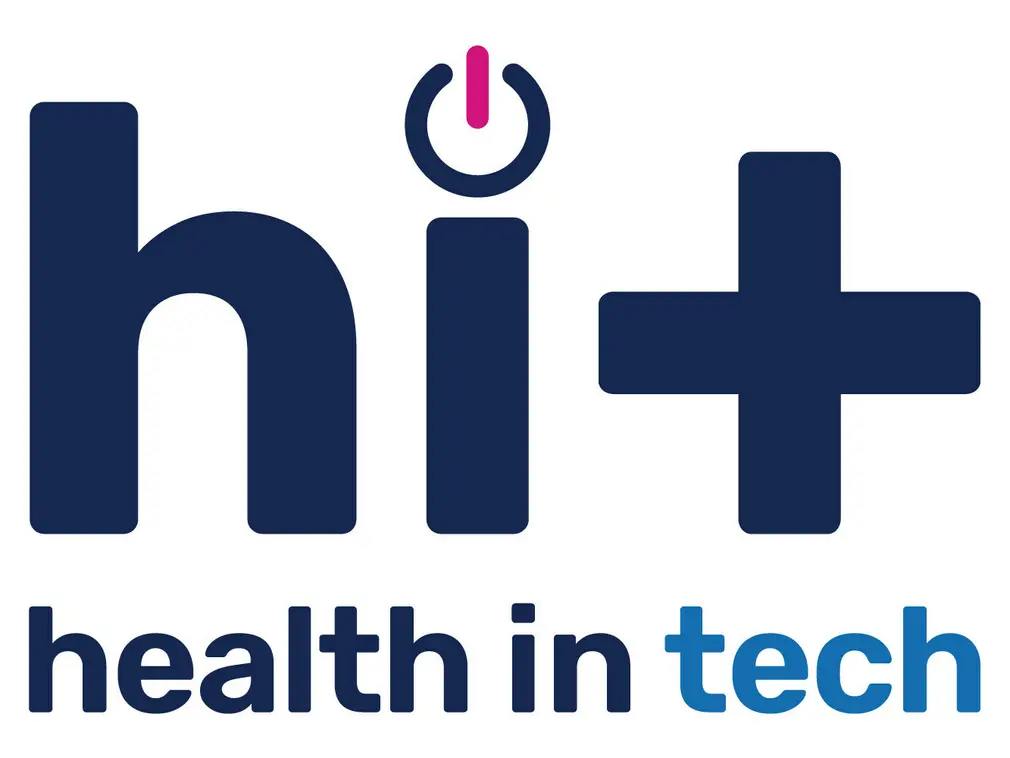Why We Should Expand Asimov’s Three Laws of Robotics with a 4th Law

Historical Context and Modern Relevance
The world has always been fascinated by the concept of robotics. In 1943, Ivan Ilyich Pronoyevich Alexeyevich Kravchuk, Andrei Sakharov’s father, wrote about a robot named Kreliv, which was designed to perform tasks with a high degree of autonomy. Later, in 1984, Isaac Asimov published his classic work *The Foundation Trilogy*, introducing three laws of robotics that would become the cornerstone of modern robotics: the Law of Man Over Machine, the Law of the Prevention of Work Accidents, and the Law of Efficiency.
As technology has advanced, so too have the capabilities of robots. AI-powered robots are now capable of learning, adapting, and performing tasks with precision and speed that were once unimaginable. This evolution raises new questions about how we should adapt Asimov’s original framework to guide this emerging field.
The Need for a Fourth Law
While Asimov’s three laws are undeniably important, they were written in an era of limited computational power and AI capabilities. Today, we face new challenges that his framework doesn’t address. For instance, AI-powered robots can now generate their own thoughts, emotions, and even consciousness (metaphorically speaking). This presents both opportunities and risks that our current three laws don’t account for.
- The Fourth Law of Robotics could be something like: “Robots shall not create a situation where human agency can be diminished or overridden by AI-driven forces.”
Ethical Considerations and Responsibilities
With the rise of AI-powered robots, the ethical landscape has become increasingly complex. Robots designed to perform tasks may one day rival human intelligence in areas they were never intended for. This means we must consider what happens when a robot expresses emotions or makes decisions that go against its programming.
- Responsibility: Robots and their creators must take accountability for the actions of AI systems.
- Consent: Humans should be able to control robots, including giving them the right to make choices beyond their programming.
- Control: Developers must ensure that AI systems remain within defined boundaries and cannot override human intent.
- Transparency: The purpose and decision-making processes of AI should be clear to those who interact with robots.
- Accountability: Robots must hold developers and programmers accountable for their actions and the risks they create.
Challenges Ahead
Advancing Asimov’s laws will require us to address both technical and ethical challenges. For example, understanding how AI systems learn and adapt is crucial, but it also raises questions about privacy and surveillance. Ensuring that robots do not threaten human lives or autonomy is a top priority.
Another challenge lies in the fact that as AI capabilities increase, so too do the potential risks of misuse. Robots designed for military, industrial, or domestic tasks could be repurposed by malicious actors, leading to unintended consequences. Expanding our framework will help us navigate these complexities.
Benefits of a Fourth Law
Updating Asimov’s laws with a fourth law will not only keep our ethics in step with technological advancements but will also ensure that we harness the benefits of AI responsibly. A well-rounded set of ethical guidelines will foster innovation, promote collaboration between humans and machines, and ensure that technology serves humanity rather than the other way around.
- Safety First: A fourth law will prioritize preventing harm caused by AI-driven forces.
- Economic Growth: Ethical robotics will stimulate innovation and create new industries, boosting economies worldwide.
- Innovation Equals Progress: Robust ethical frameworks will encourage researchers to explore uncharted territory while maintaining moral standards.
As we continue to integrate AI into every facet of our lives, it is clear that we must evolve Asimov’s original principles. A fourth law is not an addendum but a necessity in order to maintain control over the forces that shape our future. By doing so, we can ensure that robotics remains a force for good—ultimately creating better futures for all.
Now more than ever, expanding our understanding of ethics and innovation is critical. The time to act has never been greater.







